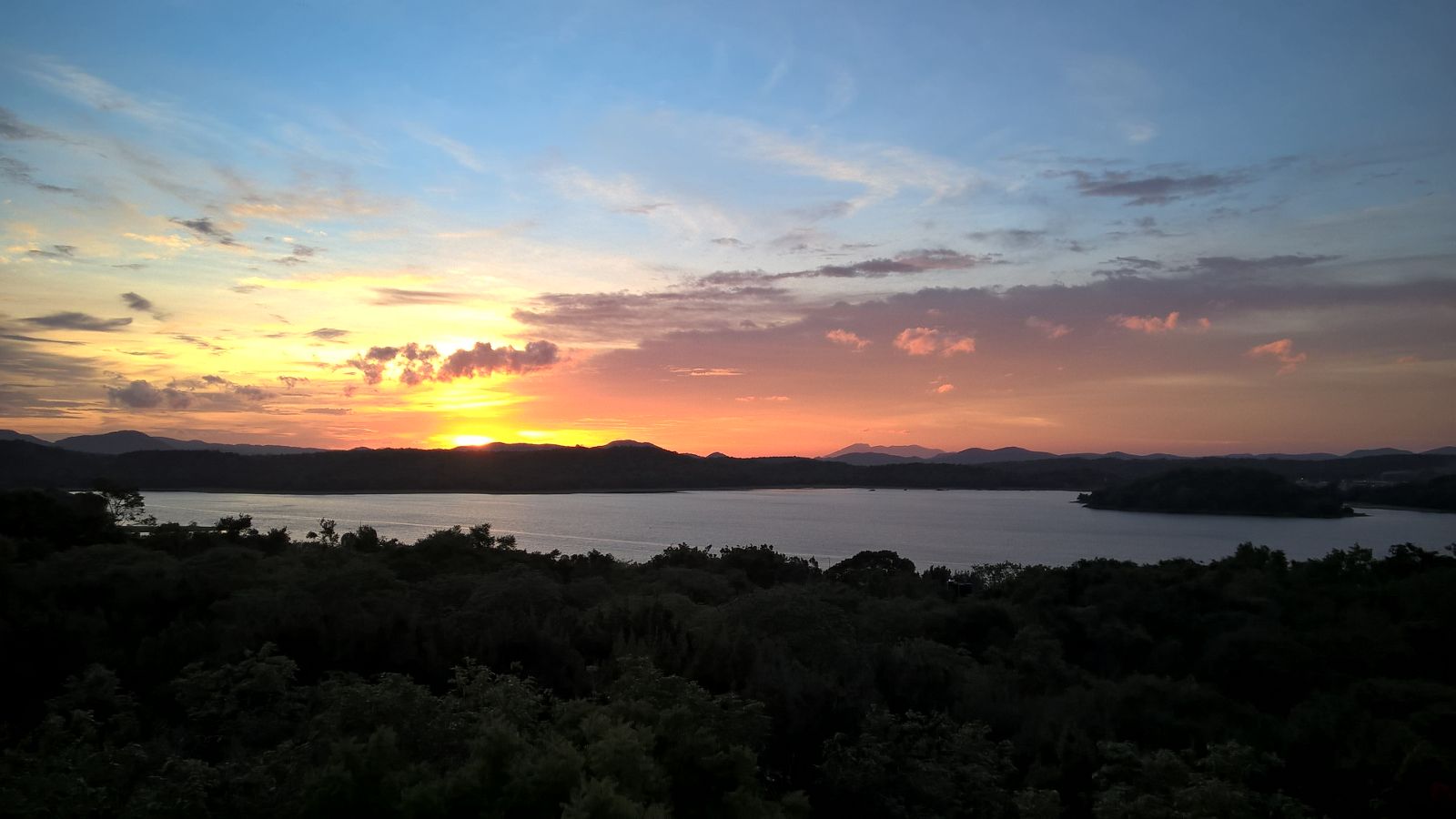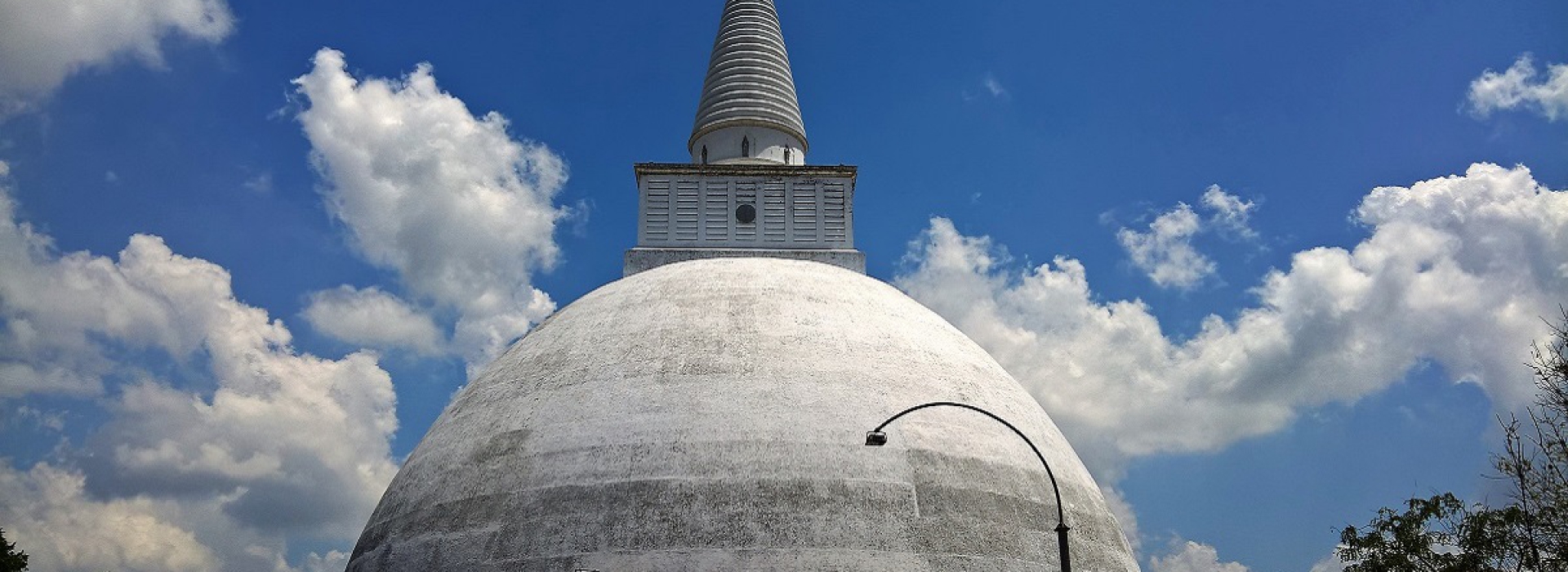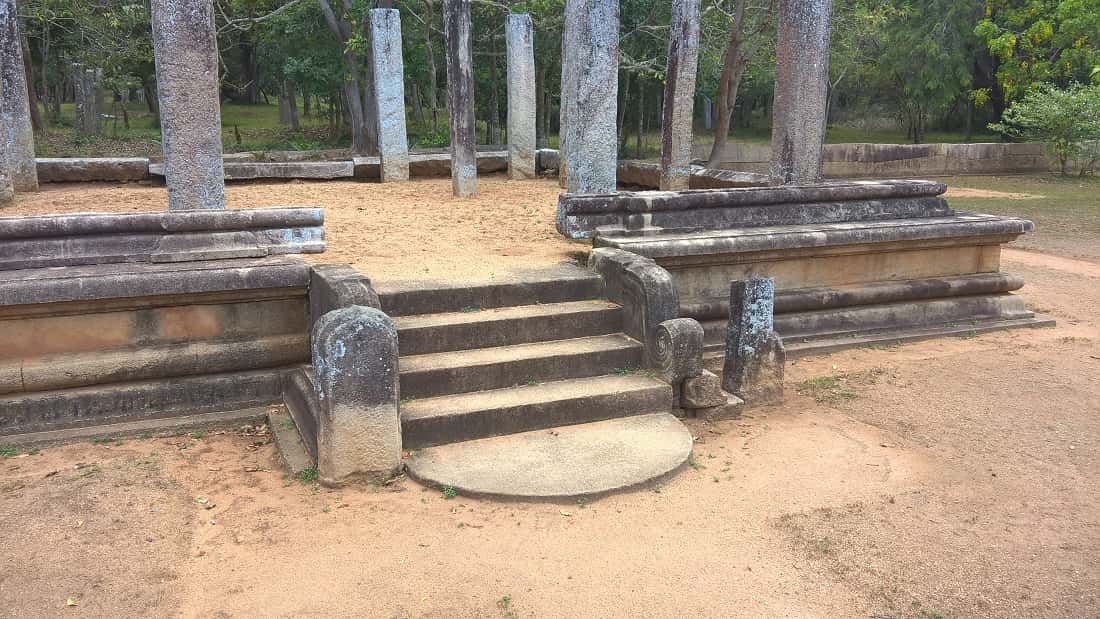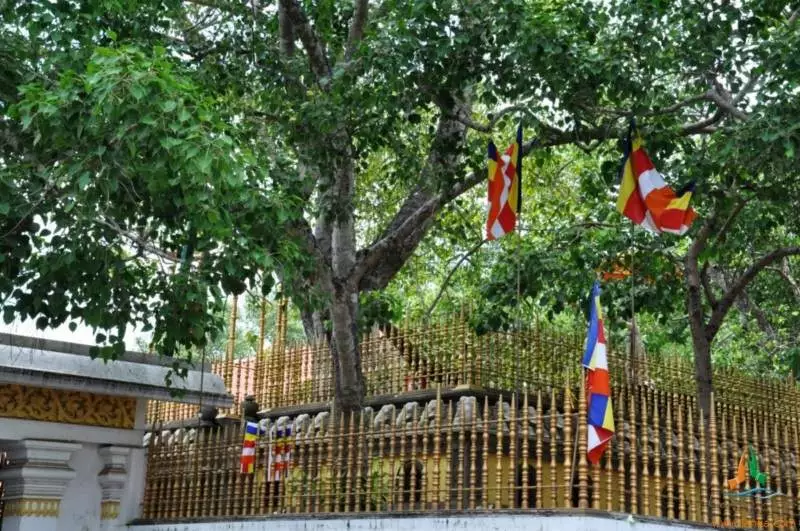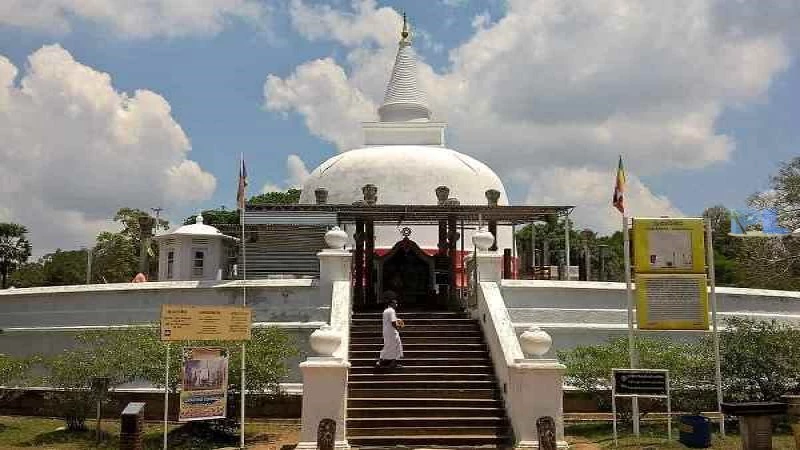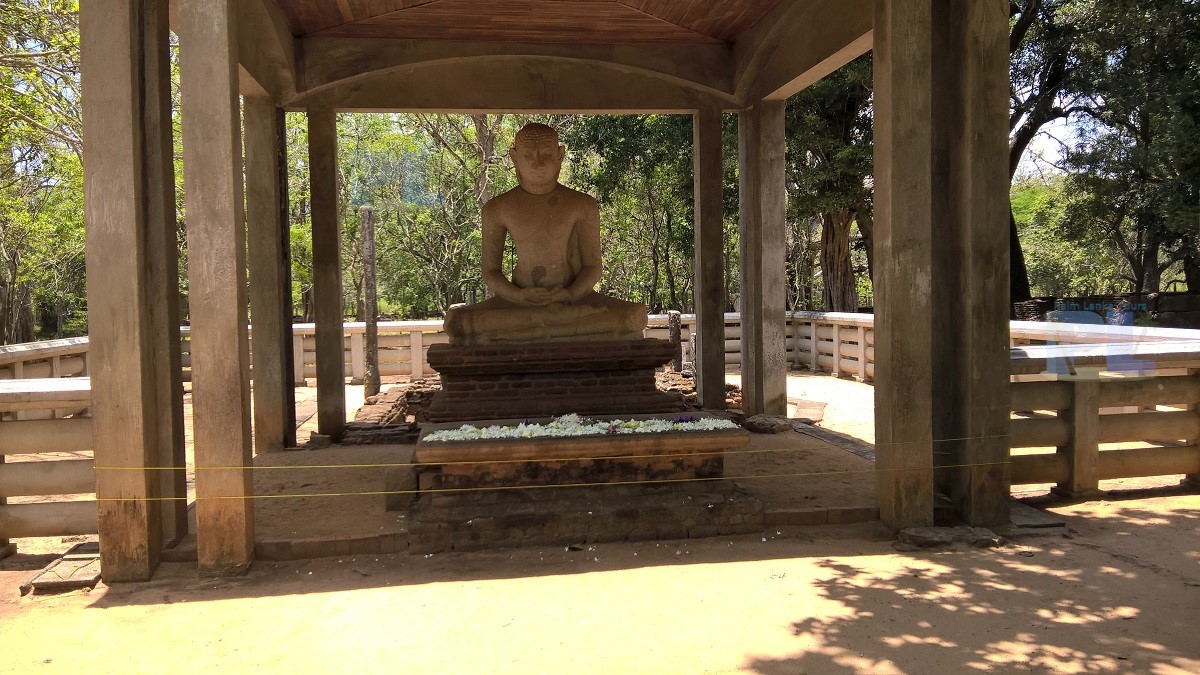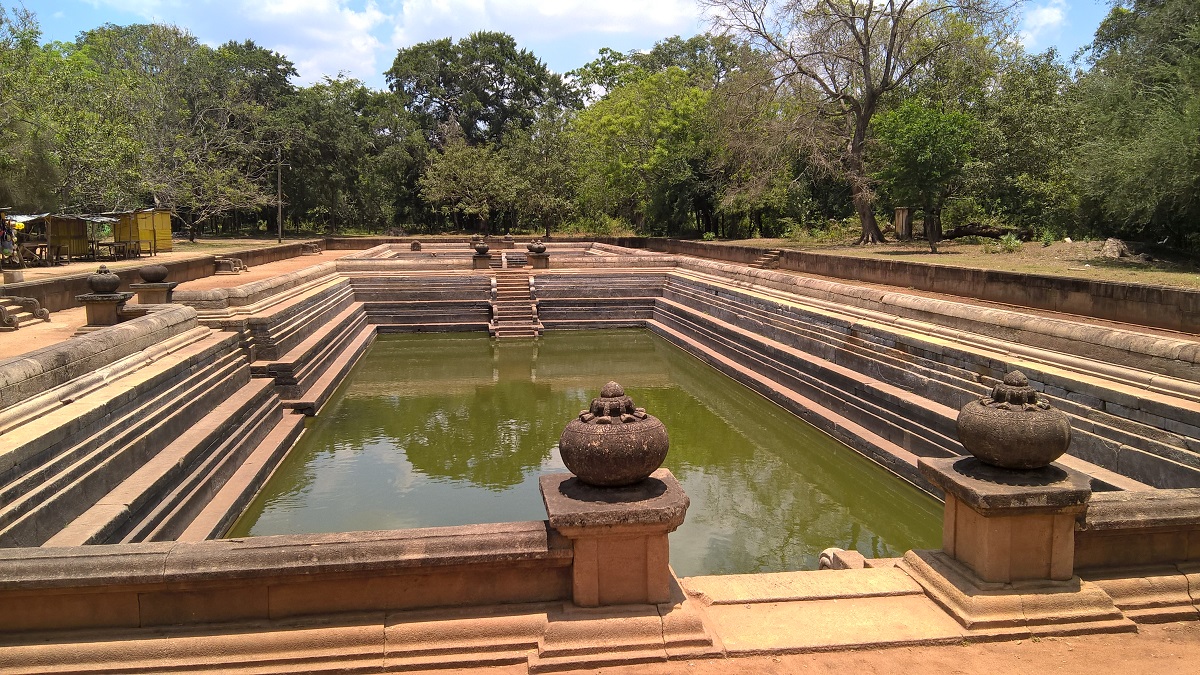Ancient Anuradhapura
Anuradhapura is the best known of Sri Lanka’s ancient ruined cities, It is situated along the Aruvi Aru River. Anuradhapura is the capital of the North Central Province. It is approx. 4 hours driving time from the Bandaranaike International Airport. Anuradhapura is served by railway and highways. The Northern railway line connects Anuradhapura with Colombo, Jaffna, and Kankesanthurai. Anuradhapura railway station is the city's rail gateway.
Anuradhapura should not be missed on your travel route if you want to taste something of the rich history of Sri Lanka. Anuradhapura is probably not only the oldest city in Sri Lanka, but was also the most important city for centuries. The ancient city of Anuradhapura is one of the ancient capitals of Sri Lanka. Dozens of ancient temples and dagobas are located here. The city is located 205 km from Colombo. The city is on the UNESCO World Heritage List. Anuradhapura was the first capital of Sri Lanka and for centuries they built gigantic stupas, dagobas and temples here. Spread over an area of about 40 square kilometers you can still find many remnants of this.
Anuradhapura History
In 380 BC, Anuradhapura first became the capital of the Sinhalese Kingdom. Subsequently, Anuradhapura has been the main center of the country for more than twelve centuries. Over the centuries, Sri Lanka, as well as Anuradhapura, had to deal with incursions from Tamils, coming from India. Several Tamil kings came and were expelled again. This caused Anuradhapura to be finally abandoned around the ninth century. The city fell into oblivion and trees and plants overgrown the complex. At the beginning of the twentieth century, in the English era, the excavations of the ancient city of Anuradhapura were started.
Sri Maha Bodhi Tree
Lankarama Stupa
Lankarama is a stupa built by King Valagamba, in an ancient place at Galhebakada in the ancient kingdom of Anuradhapura, Sri Lanka. Nothing is known about the ancient form of the stupa, and later this was renovated. The ruins show that there are rows of stone pillars and it is no doubt that there has been a house built encircling the stupa (vatadage) to cover it. The round courtyard of the stupa seems to be 3.0 metres (10 ft) above the ground. The diameter of the stupa is 14 metres (45 ft). The courtyard is circular in shape and the diameter is 406 metres (1,332 ft).
Samadhi Buddha Statue
The Samadhi Buddha is a famous statue situated at Mahamevnāwa Park in Anuradhapura, Sri Lanka. The Buddha is depicted in the position of the Dhyana Mudra, the posture of meditation associated with his first Enlightenment. This statue is 7 feet 3 inches in height and carved from dolomite marble.
The statue is dated to about 4th-6th century and is regarded as one of the finest Buddha statues in Sri Lanka. A replica, carved out of white teak, was gifted to India's Prime Minister Modi on his state visit to Sri Lanka.
Kuttam Pokuna
Kuttam Pokuna (twin ponds or pools) are well preserved old bathing tanks or ponds in Sri Lanka. This pair of ponds was built by the Sinhalese in the ancient Anuradhapura Kingdom. They form part of the Abhayagiri vihāra complex and are an example of the works in the field of hydrological engineering, architecture and art of the ancient Sinhalese. The larger, southern pond is 40 metres (132 ft) by 16 metres (51 ft), while the smaller, northern pond is 28 metres (91 ft) by 16 metres (51 ft). The depths of the two ponds is 4.3 metres (14 ft) and 5.5 metres (18 ft) for the smaller pond and the larger pond respectively. The space between wall surrounding the compound and the two ponds is 18 feet (5.5 m)
